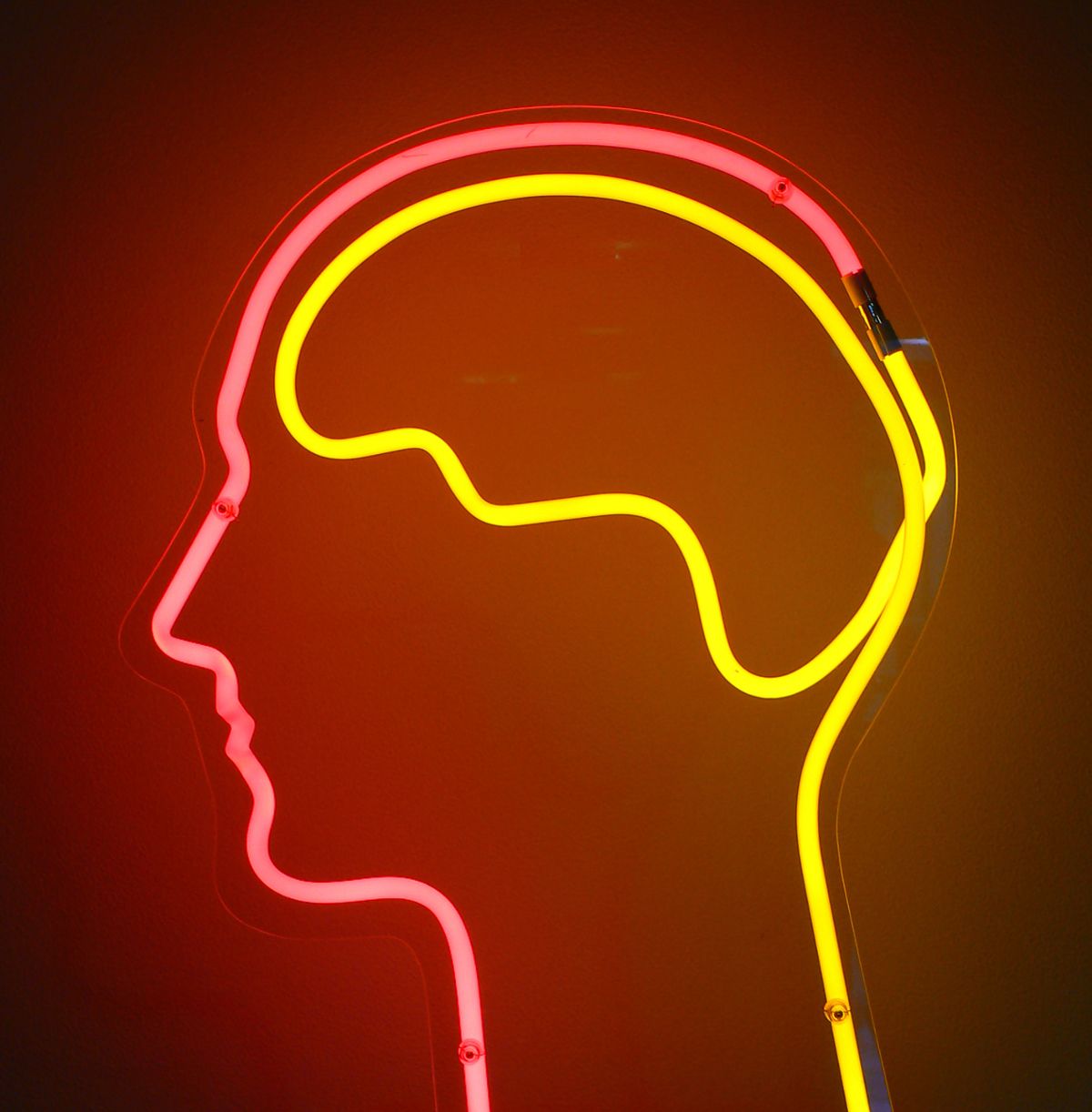Every student who has ever taken a course in neuroscience or psychology has heard of Patient HM. When he died in 2008 we learned that Patient HM’s full name was Henry Molaison. Molaison’s tragic journey to neuroscientific fame began when he was seven years old, when he hit his head in a bicycle accident. He began having epileptic seizures.
By his twenties, these seizures were so frequent and severe that he couldn’t lead a normal life. Lacking other options, Molaison’s doctor, neurosurgeon William Scoville, offered him an experimental treatment. He would remove a part of the brain that included a poorly understood structure called the hippocampus, and several adjacent structures. Molaison underwent Scoville’s surgery in 1953. It worked. Molaison’s epilepsy was controlled. But, unexpectedly, it also had a bizzare and devastating effect on his memory.
Mister Molaison could remember who he was, and many events of his life before his surgery, but he couldn’t form new memories of his daily life. He forgot the names of people he had just met. He lived his life from moment to moment, with nothing retained. Neuroscientist Brenda Milner published a study of his memory problems in 1957. The findings were a huge surprise to neuropsychologists, who had not previously believed that specific memory functions were performed by specific parts of the brain. Milner’s paper became a famous scientific classic.
Over the next fifty years, Molaison was a constant subject of scientific study. He was tested or interviewed by at least one hundred researchers. These studies revolutionized the scientific study of the hippocampus and the formation of memories. Henry Molaison lived to the age of eighty two, but never recovered.










